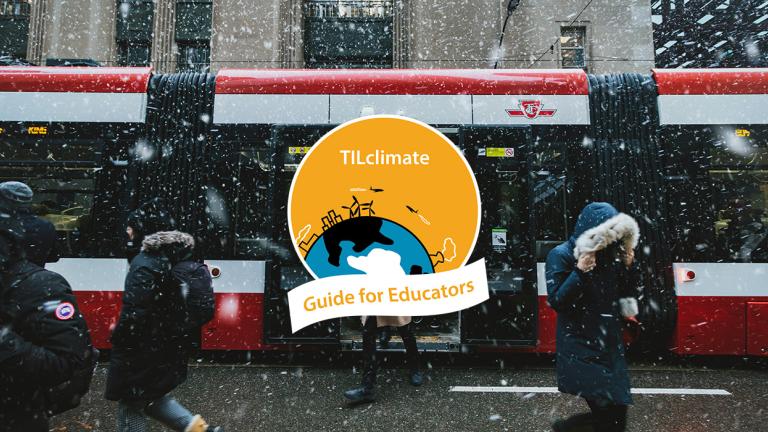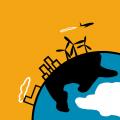
This Guide for Educators was developed by the MIT Environmental Solutions Initiative as an extension of our TILclimate (Today I Learned: Climate) podcast, to make it easier for you to teach climate change, earth science, and energy topics in the classroom. It is an extension of the TILclimate episode, TIL about winter storms.
Description
We know Earth is warming, so why do we still get extreme winter storms? Students learn about albedo, climate, weather, the jet stream, and the polar vortex through hands-on demonstrations, data visualizations, and reading scientific writing.
SWBAT
- Define albedo
- Explain the difference between climate and weather
- Understand the concepts of the jet stream and polar vortex
Skills
- Reading scientific texts
- Map reading
- Graph reading
Standards
- HS-ESS2-2 Analyze geoscience data to make the claim that one change to Earth’s surface can create feedbacks that cause changes to other Earth systems.
- HS-ESS2-4 Use a model to describe how variations in the flow of energy into and out of Earth’s systems result in changes in climate.
- RST.9-12.2 Determine the central ideas or conclusions of a text; summarize complex concepts, processes, or information presented in a text by paraphrasing them in simpler but still accurate terms.
Disciplinary core ideas
- ESS2.A Earth Materials and Systems
- ESS2.D Weather and Climate
- ESS3.D Global Climate Change
What is included in this Educator Guide
- How to use TILclimate Educator Guides (Download)
- Full Educator Guide (Download)
- Includes both Teacher and Student pages
- Includes both Teacher and Student pages
- Teacher pages (Download)
- Includes materials, discussion questions, background resources, and adaptation suggestions for science, social science, and ELA teachers
- Includes materials, discussion questions, background resources, and adaptation suggestions for science, social science, and ELA teachers
- Student pages (Download)
- Reading: Albedo
- Demonstrations: Albedo
- Reading & Pair-Share: Feedback Loops
- Data Investigation: Weather vs Climate
- Investigation & Jigsaw: Polar Vortex vs Jet Stream
Listen to the episode
Browse all TILclimate guides for educators


